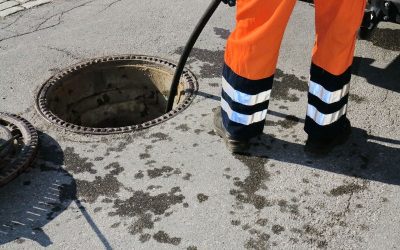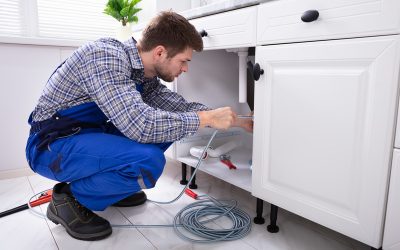One of the more important appliances in our homes is the water heater because it serves so many useful functions. We use it for cleaning our dishes, clothes and ourselves as well as helping us cook quality foods for our families. However, we often neglect this device and rarely even think about it until the hot water fails to flow. Water heaters are actually pretty simple systems. There is a primary tank for holding water. These are typically forty gallons for the average home although they can range from twenty to one hundred gallons or more.
Along with the tank, Potomac Water Heaters have a heating system. This is either an electric element of a gas based burner. The electric water heater works by electric resistance. The heating element is placed in the water and transfers the heat directly. The gas versions normally burn natural gas or propane. They have a burning chamber at the bottom of the tank that heats the tank directly which transfers that heat to the water. These heating methods are controlled by thermostats.
Modern Potomac Water Heaters are very efficient appliances with gas only placing slightly ahead of electric models in this category. Which you use in your home will largely depend on the design of the home. With all electric homes it is often easier to keep the electric model because the gas variety will require some ventilation for exhaust fumes.
One important feature in many water heaters is the pressure release valve. This valve is an emergency feature designed to relieve excess pressure inside the tank. As the water heater functions the heated water expands putting pressure on the system. In most cases the system can easily handle this pressure buildup, however, if the heat doesn’t shutoff properly the pressure in the tank could build to explosive levels.
Two other features you should see are the overflow line and a drain valve. The overflow line is designed as another safety feature. It’s primary function is to take excess water and channel it outside the home. In attic based water heaters this pipe may simply lead to your drainage system or it may run outside the home. The drain valve is typically located at the base of the tank and is often used for flushing the tank clean.


